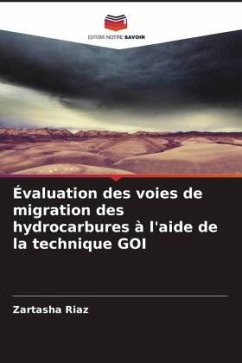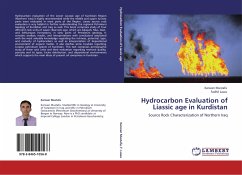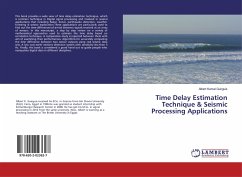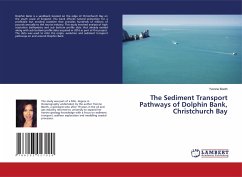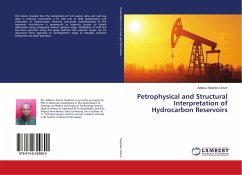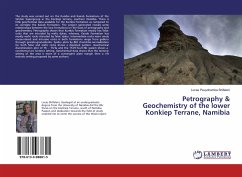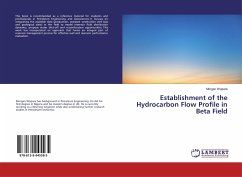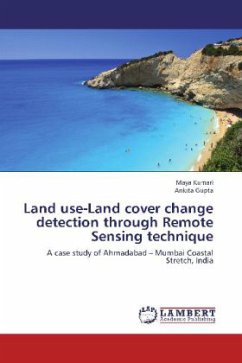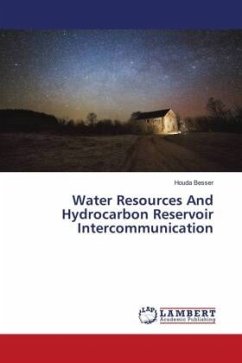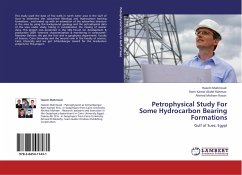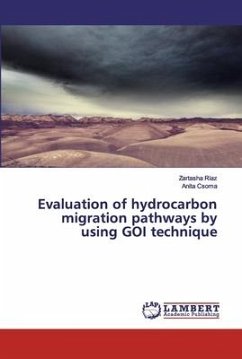
Evaluation of hydrocarbon migration pathways by using GOI technique
Versandkostenfrei!
Versandfertig in 1-2 Wochen
26,99 €
inkl. MwSt.

PAYBACK Punkte
13 °P sammeln!
The complex structural evolution of Mezösas and Mezösas West Fields, East Hungary, make it challenging to predict the presence of hydrocarbons. The GOI technique (grains containing oil inclusion) determines the ratio between grains containing oil inclusion(s) and the total number of grains (GOI %), combined with conventional hydrocarbon (HC) indicators is a fast and cost-effective way to distinguish HC migration pathways from oil columns and water-zone. The threshold of GOI 5% separates paleo-oil columns from the residual zones and migration pathways, and the paleo-oil water contact (OWC) is...
The complex structural evolution of Mezösas and Mezösas West Fields, East Hungary, make it challenging to predict the presence of hydrocarbons. The GOI technique (grains containing oil inclusion) determines the ratio between grains containing oil inclusion(s) and the total number of grains (GOI %), combined with conventional hydrocarbon (HC) indicators is a fast and cost-effective way to distinguish HC migration pathways from oil columns and water-zone. The threshold of GOI 5% separates paleo-oil columns from the residual zones and migration pathways, and the paleo-oil water contact (OWC) is marked by the sharp decline of GOI values. Sandstones and conglomerates with various textures and compositions underwent significant compaction, dissolution, quartz and carbonate cementation. Hydrocarbon migration is one of the latest diagenetic event. The GOI values (< 5%) in Well A suggest these sandstone intervals as migration pathways rather than oil columns. The absence of oil inclusionsin currently gas zones suggest no paleo oil migration in the sandstones of Well B. The lower GOI values (<1 %) in Well C are due to location of samples in a current transition zone between oil and water.



